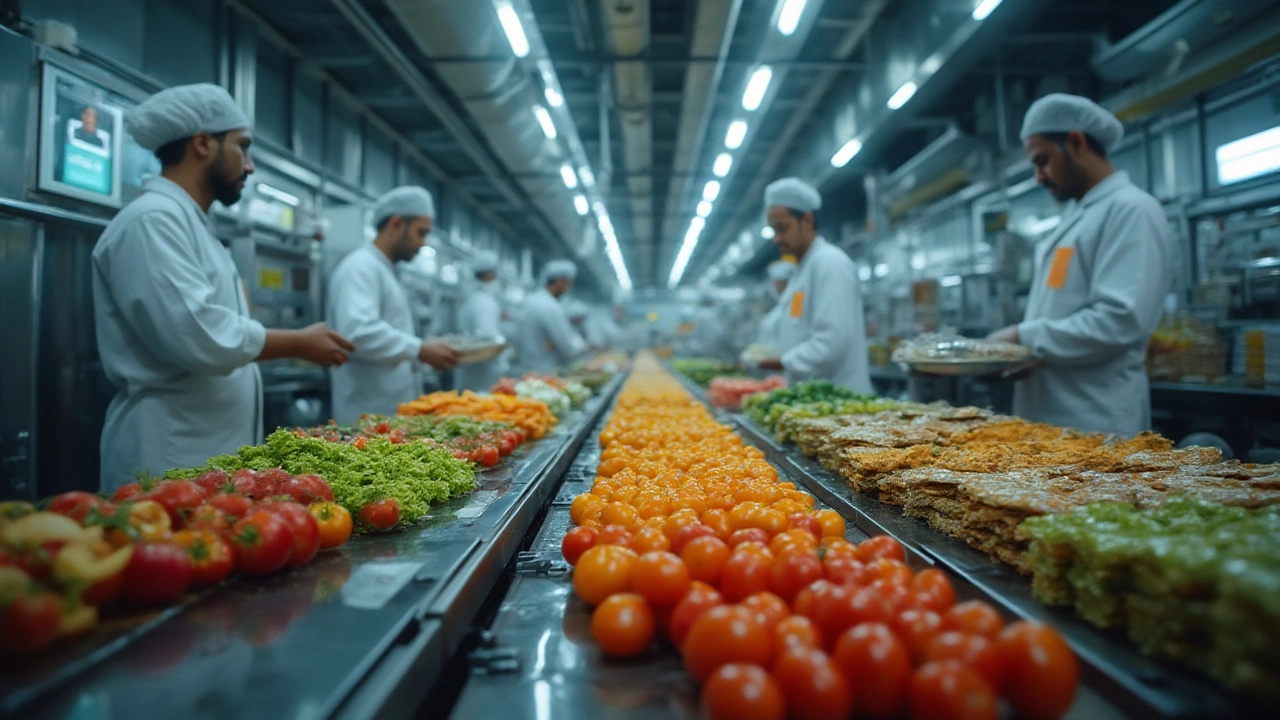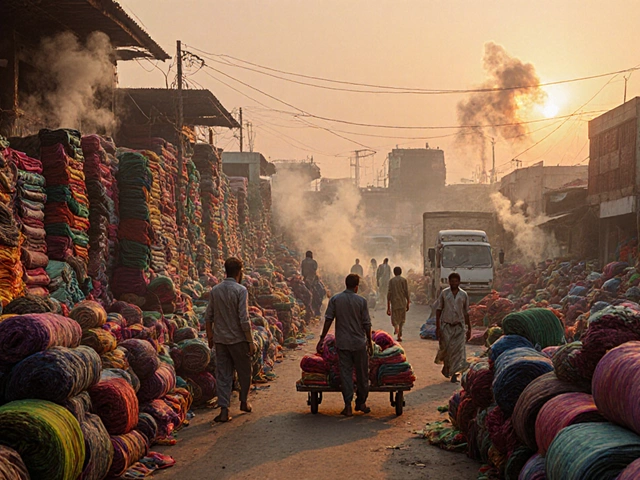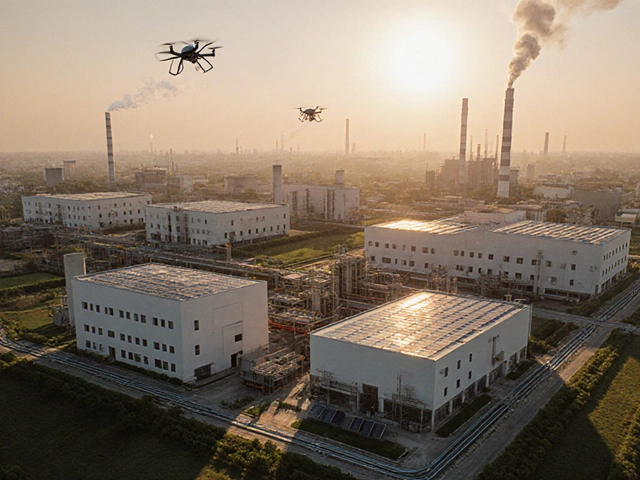How Food Processing Works: A Practical Overview
Ever wondered how the raw veggies in a farm become the frozen peas you heat up at home? The answer lies in a series of steps that turn raw material into safe, tasty, and shelf‑stable products. Below we break down each stage in plain language, so you can see what happens behind the scenes of your kitchen.
Key Stages in Food Processing
1. Receiving and Cleaning – The journey starts when raw ingredients arrive at the plant. They are inspected for quality, then washed to remove dirt, pesticides, and any unwanted microbes. Modern plants use high‑pressure water sprays and sometimes a brief dip in food‑grade sanitizers.
2. Sorting and Grading – After cleaning, items are sorted by size, ripeness, or quality. Automated cameras and sensors spot defects, while conveyors move the good pieces forward. This step ensures the final product meets the standards you expect.
3. Cutting, Grinding, or Blending – Depending on the food, the next step might be chopping, grinding, or pureeing. For example, tomatoes are crushed into sauce, while meat is minced for sausages. Machines keep the process fast and consistent, reducing human error.
4. Cooking, Pasteurizing, or Fermenting – Heat is the most common tool to kill harmful bacteria. Pasteurization gently warms milk to safe temperatures, while canning uses higher heat to seal foods for years. Fermentation, on the other hand, uses good bacteria to develop flavor in items like yogurt or kimchi.
5. Cooling and Freezing – After cooking, foods often need rapid cooling to stop further cooking and preserve texture. Blast chillers drop the temperature quickly, while freezers lock in freshness for products that will sit on the shelf for months.
6. Packaging – The final step is sealing the product in a container that protects it from light, air, and contamination. Vacuum packs, cans, and cartons each serve a different purpose. Smart packaging may even include oxygen absorbers to extend shelf life.
Ensuring Quality and Safety
Every stage includes checks to keep food safe. Sensors monitor temperature, humidity, and time. If something falls outside the set limits, the batch is automatically rejected or sent for re‑work. Workers also perform regular visual inspections and take samples for lab testing.
Traceability is another big piece. Barcodes and RFID tags link each product back to its source, so if a problem pops up, manufacturers can quickly pinpoint the affected batch and pull it from stores.
Finally, hygiene rules govern the entire facility. Workers wear clean uniforms, gloves, and hair nets; equipment is sanitized regularly. These simple habits prevent cross‑contamination and keep the food you buy safe.
Understanding these steps shows that food processing isn’t magic—it’s a well‑planned series of actions that turn raw harvests into the meals you enjoy. Knowing what happens can help you appreciate the effort behind every bite and make smarter choices at the grocery store.
Food Processing Units Explained: How Food Factories Work and What You Should Know
Explore how a food processing unit transforms raw crops or meat into packaged goods. Dive into the machines, tech, safety, business, and daily life tied to food factories.
Read More




